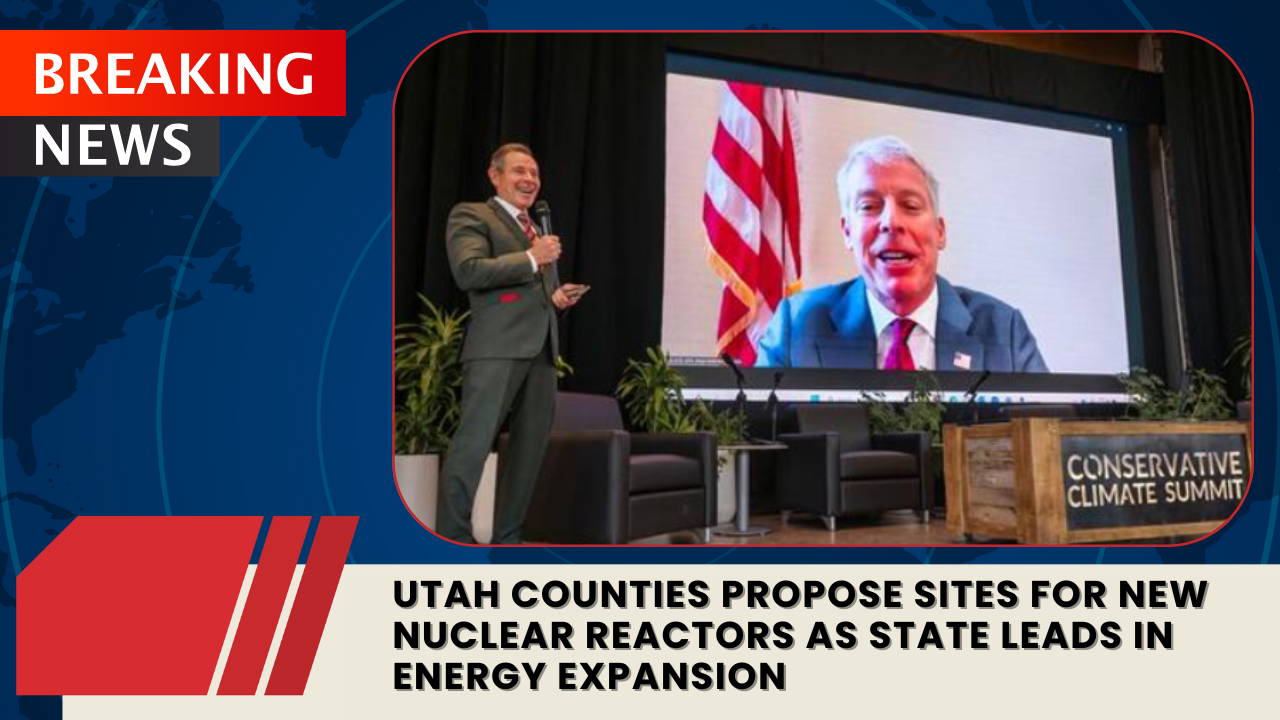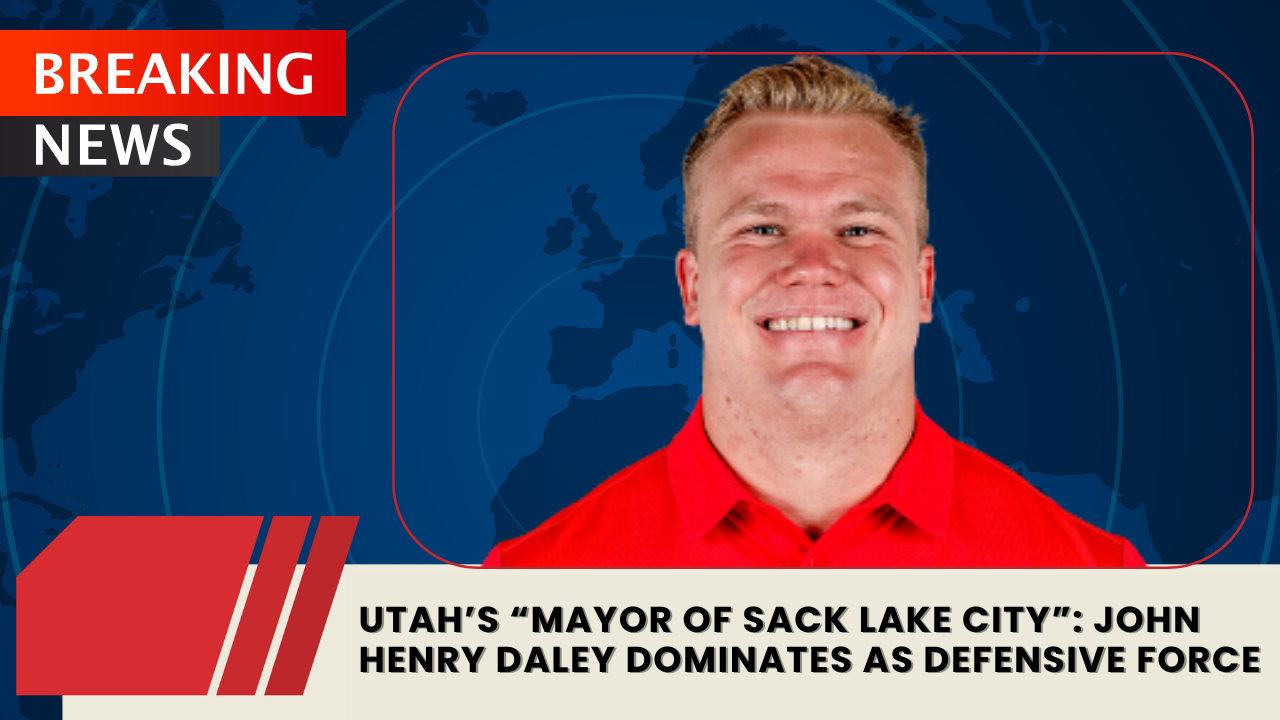Utah is stepping into the spotlight of America’s nuclear energy expansion. Following the Trump administration’s plan to launch at least 10 nuclear reactor projects nationwide within the next two years, several Utah counties are already submitting potential sites for small-scale nuclear reactors, according to lawmakers and energy officials.
The update came Friday during the 4th Annual Conservative Climate Summit at the University of Utah, hosted by Sen. John Curtis (R-Utah), who interviewed U.S. Energy Secretary Chris Wright about the federal government’s nuclear energy strategy.
Utah Poised to Lead in Nuclear Innovation
Energy Secretary Wright outlined the administration’s goal to boost U.S. power production by 100 gigawatts over the next five years, primarily through advanced nuclear facilities. Among the first projects is Utah’s Valar Atomics reactor, which broke ground last month at the San Rafael Energy Lab.
“To build energy, you have to build big things,” Wright said. “The greenest thing we can do is build our energy infrastructure here in America — cleanly, safely, and efficiently.”
Wright confirmed that the Department of Energy will provide low-interest loans to speed up nuclear construction — helping overcome the massive upfront costs that have historically slowed progress in the industry.
Utah’s Statewide Push: From Legislation to Site Selection
At the urging of Gov. Spencer Cox, Utah has become one of the most proactive states in supporting nuclear power. Earlier this year, lawmakers approved:
- $8 million in funding for nuclear site selection and planning
- A memorandum of understanding with neighboring states to collaborate on regional nuclear energy projects
- The creation of the Utah Nuclear Consortium, a group of legislators, regulators, and business leaders — including experts from the Idaho National Laboratory
The consortium held its first meeting this week. Rep. Colin Jack (R-St. George) said the group is encouraging counties and municipalities to identify potential “nuclear development zones” and submit those for review.
“We’re going to encourage counties to self-select where they want nuclear development, and we’ll evaluate those sites,” Jack explained. “The interest so far looks promising.”
The initiative, part of “Operation Gigawatt,” will also establish a nuclear regulatory team within Utah’s Department of Environmental Quality to oversee safety, permitting, and compliance.
Early Momentum and Industry Partnerships
Momentum is already building. In August, the Utah Office of Energy Development announced a partnership with two private firms to explore potential locations for a Natrium nuclear reactor — a next-generation facility designed for both power generation and energy storage.
This marks another major step toward what officials describe as an “energy addition, not energy subtraction” strategy — one that supports nuclear alongside traditional sources like natural gas, coal, and renewables.
Balancing Nuclear With Wind and Solar
While Curtis strongly supports expanding nuclear infrastructure, he has voiced caution about the administration’s decision to reduce wind and solar tax credits established under previous legislation.
“I’m trying to get both Republicans and Democrats to support an affordable, reliable, clean energy economy,” Curtis said. “We need every electron we can get.”
Curtis and Sen. Chuck Grassley (R-Iowa) recently lifted holds on three of the administration’s nominees after securing assurances that existing green energy incentives would not be phased out prematurely.
“We’re watching closely,” Curtis said. “We want to make sure the administration stays in line with congressional intent from the Big, Beautiful Bill.”
The Road Ahead
As counties across Utah continue submitting proposed reactor sites, the state appears ready to play a central role in America’s new nuclear chapter. Supporters believe Utah’s mix of open land, strong regulatory frameworks, and bipartisan commitment to energy diversification could make it a model for future projects nationwide.



